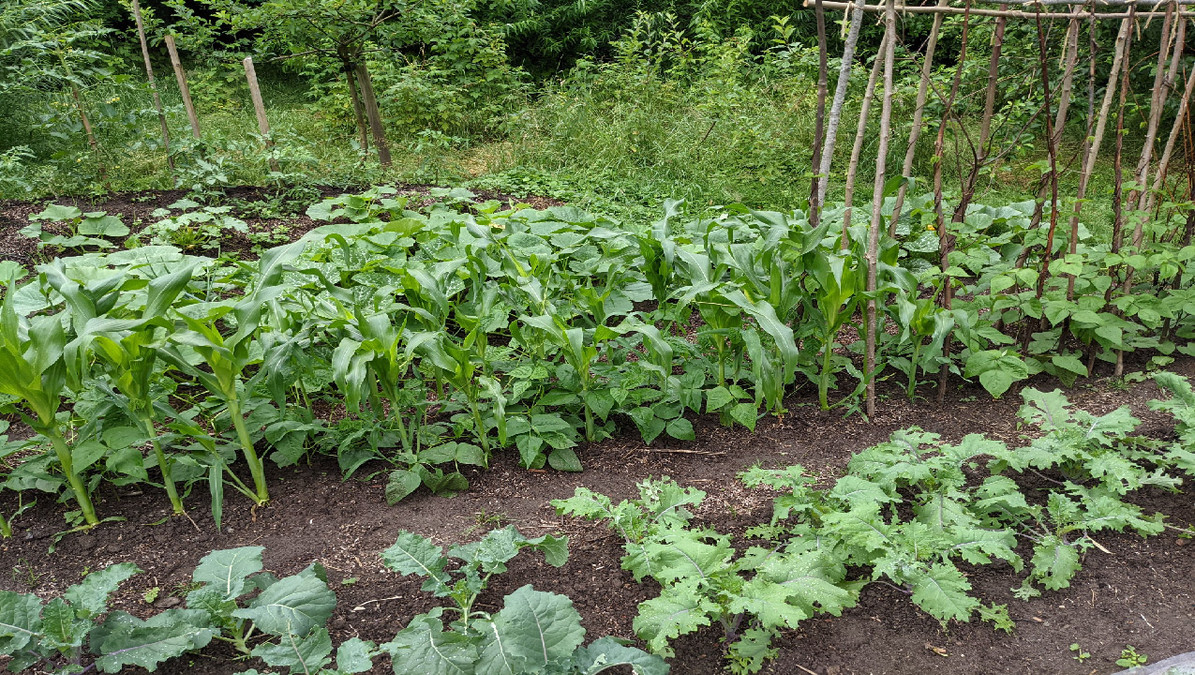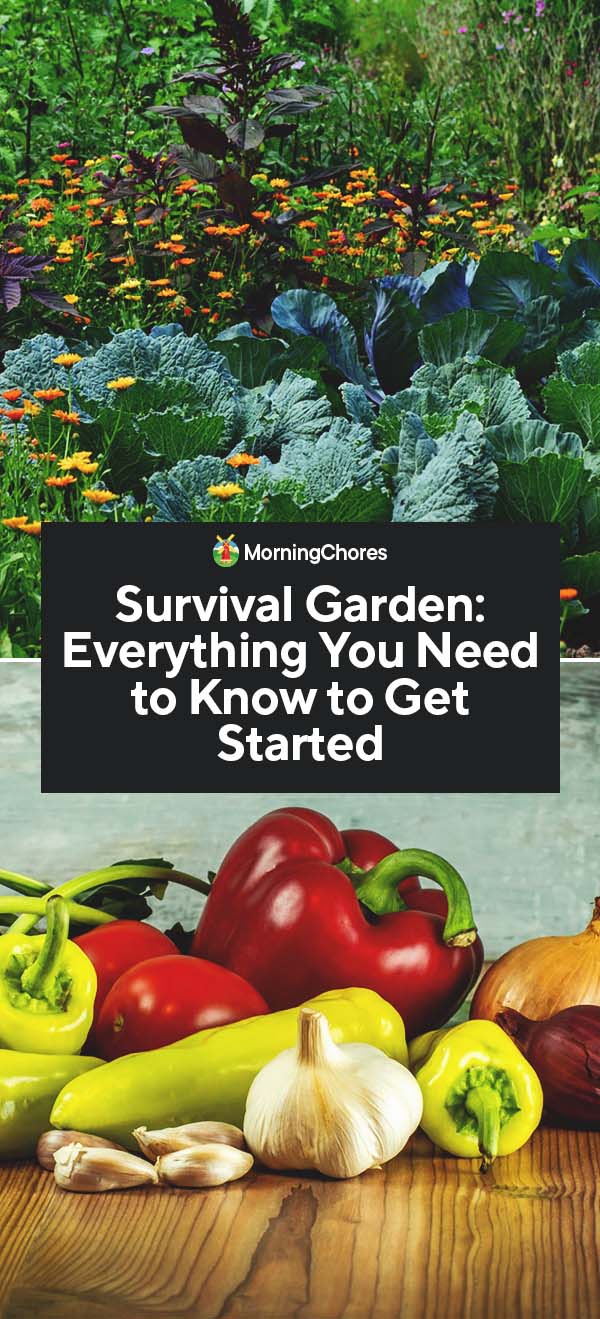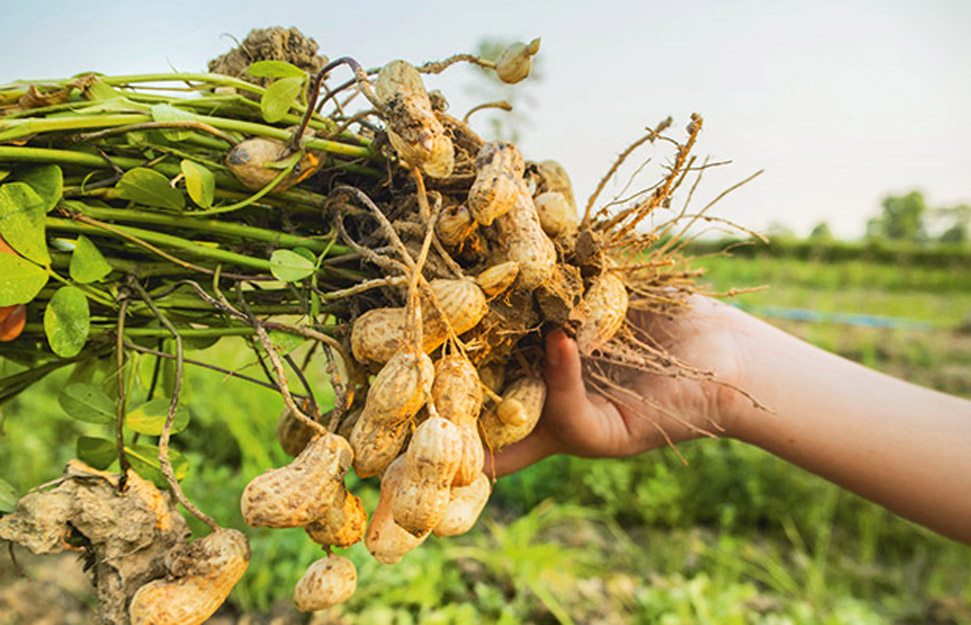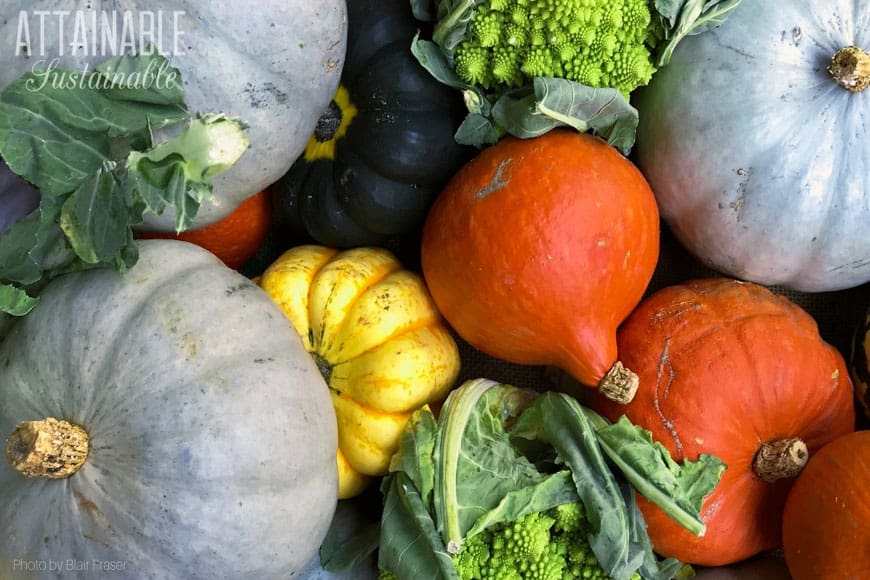Introduction: The Role of Survival Gardening Crops
In an increasingly unpredictable world, the importance of food security and self-sufficiency has taken center stage. Survival gardening, the practice of growing crops specifically for long-term sustainability and potential hardships, has emerged as a vital skill for individuals and communities alike. The cornerstone of successful survival gardening lies in the selection of appropriate crops, ensuring a reliable and diverse food source that caters to various nutritional needs and environmental conditions.
Understanding Survival Gardening Crops: Key Criteria
When selecting survival gardening crops, it is crucial to consider several factors that contribute to their overall suitability and long-term sustainability. These key criteria include nutritional value, ease of cultivation, storage potential, and adaptability to various climates. By carefully evaluating each of these aspects, gardeners can create a diverse and resilient garden capable of providing essential sustenance during challenging times.
- Nutritional Value: Prioritize crops that offer a wide range of nutrients, such as carbohydrates, proteins, fats, vitamins, and minerals. A balanced diet is crucial for maintaining health and well-being, particularly in survival situations. Examples of nutrient-dense survival gardening crops include potatoes, beans, corn, and squash.
- Ease of Cultivation: Select crops that are relatively simple to grow and maintain, even for novice gardeners. Factors to consider include growth requirements, susceptibility to pests and diseases, and overall hardiness. Some easy-to-grow survival gardening crops include leafy greens, root vegetables, and herbs.
- Storage Potential: Opt for crops that have a long shelf life or can be easily preserved through methods such as canning, dehydrating, or freezing. This ensures a consistent food supply during periods of reduced gardening activity or adverse weather conditions. Survival gardening crops with excellent storage potential include onions, garlic, carrots, and various types of fruit.
- Adaptability to Various Climates: Choose crops that can thrive in a variety of environmental conditions, from hot and humid to cold and dry. This increases the likelihood of a successful harvest, regardless of location or weather patterns. Climate-adaptable survival gardening crops include tomatoes, peppers, cucumbers, and various types of grains.
How to Select the Best Survival Gardening Crops: A Comprehensive Guide
Selecting the most suitable survival gardening crops involves a systematic approach that takes into account various factors, such as nutritional value, ease of cultivation, storage potential, and adaptability to different climates. By following this step-by-step guide, you can make informed decisions and create a thriving, sustainable garden tailored to your specific needs and conditions.
Step 1: Evaluate Your Growing Conditions
Begin by assessing your garden’s unique characteristics, including soil type, sunlight exposure, and climate. This information will help you determine which crops are most likely to thrive in your environment.
Step 2: Prioritize Nutritional Value
Focus on crops that offer a wide range of essential nutrients, ensuring a balanced and healthful diet. Examples of nutrient-dense survival gardening crops include potatoes, beans, corn, and squash.
Step 3: Choose Easy-to-Cultivate Crops
Select crops that are relatively simple to grow and maintain, even for beginners. Factors to consider include growth requirements, susceptibility to pests and diseases, and overall hardiness. Some easy-to-grow survival gardening crops include leafy greens, root vegetables, and herbs.
Step 4: Opt for Crops with Long Storage Lives
Prioritize crops that can be stored for extended periods, ensuring a consistent food supply during times of reduced gardening activity or adverse weather conditions. Survival gardening crops with excellent storage potential include onions, garlic, carrots, and various types of fruit.
Step 5: Select Climate-Adaptable Crops
Choose crops that can thrive in a variety of environmental conditions, increasing the likelihood of a successful harvest regardless of location or weather patterns. Climate-adaptable survival gardening crops include tomatoes, peppers, cucumbers, and various types of grains.
Top 1
1. Potatoes: The Versatile Tuber
Potatoes are a quintessential survival gardening crop, offering numerous benefits and a high degree of versatility. Rich in carbohydrates, vitamins, and minerals, potatoes provide a valuable source of energy and essential nutrients. Moreover, they can be prepared in various ways, making them a staple ingredient in countless dishes.
Planting Potatoes
To plant potatoes, start by purchasing seed potatoes or certified disease-free tubers from a reputable supplier. Cut the seed potatoes into pieces, ensuring each piece has at least one eye. Allow the cut pieces to dry for 1-2 days to prevent rot. Plant the seed potatoes 2-4 inches deep, spacing them 12-15 inches apart in rows that are 2-3 feet apart. Cover the seed potatoes with soil, and water thoroughly.
Harvesting Potatoes
Harvest potatoes when the plants begin to die back, typically 2-3 months after planting. Carefully dig up the tubers, being mindful not to damage them. Allow the potatoes to dry in a cool, dark location for a few days before storing them in a well-ventilated, dark area with temperatures between 45-50°F.
Storing Potatoes
Properly stored potatoes can last for several months. Ensure the storage area is dark, cool, and well-ventilated. Avoid storing potatoes near onions, as the gases they release can cause potatoes to spoil more quickly. Check the potatoes regularly, discarding any that show signs of rot or sprouting.
2. Beans: A Protein-Packed Powerhouse
Beans are an excellent addition to any survival garden, providing a rich source of plant-based protein, fiber, and essential nutrients. They are relatively easy to grow and can be stored for extended periods, making them a reliable and sustainable food source. Additionally, beans can be incorporated into various dishes, adding both flavor and nutrition.
Types of Beans for Survival Gardening
Numerous bean varieties are suitable for survival gardening, including bush beans, pole beans, and dry beans. Bush beans are compact and require minimal support, while pole beans grow vertically and benefit from trellising. Dry beans, such as kidney beans, black beans, and navy beans, are harvested when the pods are dry and can be stored for long periods.
Nutritional Benefits of Beans
Beans are an excellent source of protein, fiber, and complex carbohydrates. They also contain various essential vitamins and minerals, such as iron, folate, magnesium, and potassium. Consuming beans has been linked to numerous health benefits, including improved digestion, reduced inflammation, and enhanced heart health.
Cultivation and Storage Best Practices
To grow beans in a survival garden, plant seeds directly in the ground after the last spring frost. Provide support for pole beans, and ensure the soil is well-draining and fertile. Harvest beans when the pods are tender and the seeds inside are fully formed but still green. For dry beans, allow the pods to dry on the plant before harvesting. Store beans in a cool, dark, and dry location, checking them regularly for signs of spoilage.
3. Corn: A High-Yielding Staple Crop
Corn, also known as maize, is a popular survival gardening crop due to its high yield and versatility in various dishes. Rich in carbohydrates and fiber, corn provides a valuable source of energy and supports digestive health. Additionally, corn can be stored for several months, ensuring a consistent food supply during challenging times.
Selecting the Right Corn Varieties
When choosing corn for survival gardening, consider factors such as disease resistance, maturity date, and storage potential. Sweet corn, dent corn, and flint corn are popular choices for survival gardens. Sweet corn is known for its tender kernels and sweet flavor, while dent corn and flint corn are typically used for grinding into cornmeal or flour.
Growing and Harvesting Corn
Plant corn seeds directly in the ground after the last spring frost, spacing them 8-12 inches apart in rows that are 2-3 feet apart. Corn is a heavy feeder, so ensure the soil is rich in organic matter and nutrients. Provide support for the stalks if necessary, and water consistently to maintain even moisture. Harvest corn when the kernels are plump and milky, typically 18-24 days after the silk emerges.
Storing Corn for Long-Term Use
After harvesting, allow the corn to dry in a well-ventilated area for several weeks. Once the kernels are dry, remove them from the cob and store them in airtight containers in a cool, dark location. Properly stored corn can last for up to one year. Alternatively, corn can be preserved by canning, freezing, or dehydrating.
4. Squash: A Nutrient-Dense Option for Survival Gardening
Squash is a diverse and valuable addition to any survival garden, offering a wide range of varieties and numerous benefits. Rich in vitamins, minerals, and antioxidants, squash provides essential nutrients and supports overall health. Furthermore, many squash varieties have long storage lives, ensuring a consistent food supply during challenging times.
Types of Squash for Survival Gardening
Numerous squash varieties are suitable for survival gardening, including summer squash, winter squash, and pumpkins. Summer squash, such as zucchini and yellow squash, have soft, edible skins and short storage lives, while winter squash, such as butternut and acorn squash, have hard skins and long storage lives. Pumpkins are a type of winter squash, valued for their nutritional profile and versatility in various dishes.
Nutritional Benefits of Squash
Squash is an excellent source of vitamins A, C, and B6, as well as minerals such as potassium, magnesium, and manganese. The antioxidant content of squash, including carotenoids and polyphenols, supports immune function and reduces inflammation. Consuming squash has been linked to numerous health benefits, including improved eye health, enhanced skin health, and reduced risk of chronic diseases.
Cultivation and Storage Best Practices
To grow squash in a survival garden, plant seeds directly in the ground after the last spring frost. Provide ample space for the plants to grow, as many squash varieties require significant room. Water consistently, and fertilize periodically to maintain healthy plant growth. Harvest squash when the fruits are fully mature, typically indicated by a hard rind and deep color. Store winter squash and pumpkins in a cool, dark, and well-ventilated location, checking them regularly for signs of spoilage.
Conclusion: Building a Resilient Survival Garden
In summary, selecting the right survival gardening crops is crucial for ensuring long-term food security and self-sufficiency during challenging times. By carefully considering factors such as nutritional value, ease of cultivation, storage potential, and adaptability to various climates, you can create a thriving and sustainable garden tailored to your specific needs and conditions. The top 10 survival gardening crops—potatoes, beans, corn, and various types of squash—offer unique features, benefits, and potential challenges in cultivation, making them excellent choices for any survival garden.
By incorporating these crops into your garden, you not only enhance your food security but also contribute to a more resilient and sustainable lifestyle. Remember to practice crop rotation, companion planting, and other organic gardening techniques to maintain healthy soil and reduce the risk of pests and diseases. Additionally, consider preserving and storing your harvest properly to enjoy the fruits of your labor year-round.
Building a resilient survival garden is an empowering and rewarding endeavor, providing you with a sense of self-reliance, satisfaction, and connection to the natural world. So, why wait? Start planning and planting your survival garden today, and embark on a journey towards a more sustainable and secure future.









